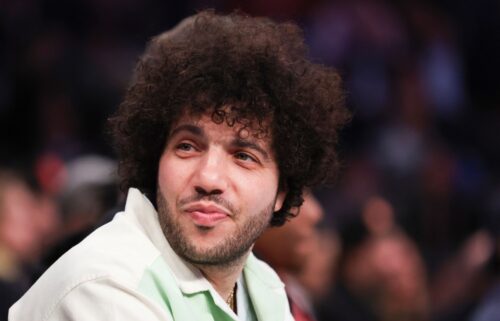The big problem with the NCAA ruling
By Jeff Pearlman
If you’ve done this sports writing job long enough, you have stories.
Stories about high school athletes being plucked from poor neighborhoods and poverty, teleported to a grassy college campus, then told: “Adjust!”
Stories about running backs and point guards who wear university jerseys on the field or the court that sell for $150 at the campus bookstore, but who can’t afford a $3 hamburger at the student center. Stories about student athletes who “pass” class after class as long as they average 20 points per game, but who are functionally illiterate.
It’s the nasty stuff no college sports fan wants to talk about, because it interferes with the joyful fiction that the athletes we root for are playing for the love of competition and college. We like the innocence of cheerleaders and pep bands and the concept of a fresh-faced quarterback throwing a deep sideline bomb to win the big game.
When on Monday the US Supreme Court unanimously ruled that the National Collegiate Athletic Association cannot bar modest education-related payments to student-athletes, it was a smackdown of the hackneyed NCAA argument that the purity and ethics of sport were at risk of being permanently eroded.
The court’s decision — which backed a previous lower court ruling allowing schools to provide a range of greater academic-related perks to Division I football and men’s and women’s basketball players (including scholarships for advanced degrees and items such as laptops and musical instruments) — was long overdue and celebrated across the social media landscape as a well-earned victory for “amateur” athletes.
It is not nearly enough.
In 2017, the NCAA generated $1.06 billion in revenue, including $60 million via marketing endorsements and $130 million via ticket sales. March Madness alone makes the NCAA an estimated $900 million, mostly from TV deals with Turner Sports and CBS Sports. (Turner Sports shares the same parent company as CNN.) Mark Emmert, the NCAA president, is handed $2.7 million annually.
America’s highest-paid college coach, Nick Saban, earns $9.3 million annually from the University of Alabama. Clemson’s Dabo Swinney makes a “meager” $8.25 million.
College athletes, meanwhile, get … what? “A free education,” the NCAA talking heads will tell you. Which, of course, is wonderful and potentially life changing. But it comes attached to certain, um, not-so-free conditions …
— We will give you a scholarship, but it will run year to year at most colleges and can be cancelled if you underperform on the field.
— We will give you a scholarship, but in addition to taking a full slate of classes you will have to practice and work out 40 to 50 hours per week (but only 20 hours in season!) and travel regularly.
— We will give you a scholarship, and in exchange we will plaster your likeness all over the place and pay you nothing for doing so.
— We will give you a scholarship, and in exchange we will sell your apparel for ridiculous sums of money, none of which you will ever touch.
— We will give you a scholarship, and if you aspire to be, say, a doctor, our coaches may encourage you to instead take easier classes, so as not to flunk out and interfere with the goal at hand (beating Purdue!).
— We will give you a scholarship, and when you inevitably suffer a crippling knee injury we may well take away your scholarship and refuse to cover your long-term health care.
It’s a scam, a way of taking young men and women — so many of whom are Black and Brown — for all they’re worth in the name of so-called “amateurism.” And while the Supreme Court reached a righteous conclusion, it was merely a small step forward.
Wanna make things right? Pay college athletes a salary that directly correlates to the financial benefits they provide a school.
Otherwise, it’s mostly nonsense.


